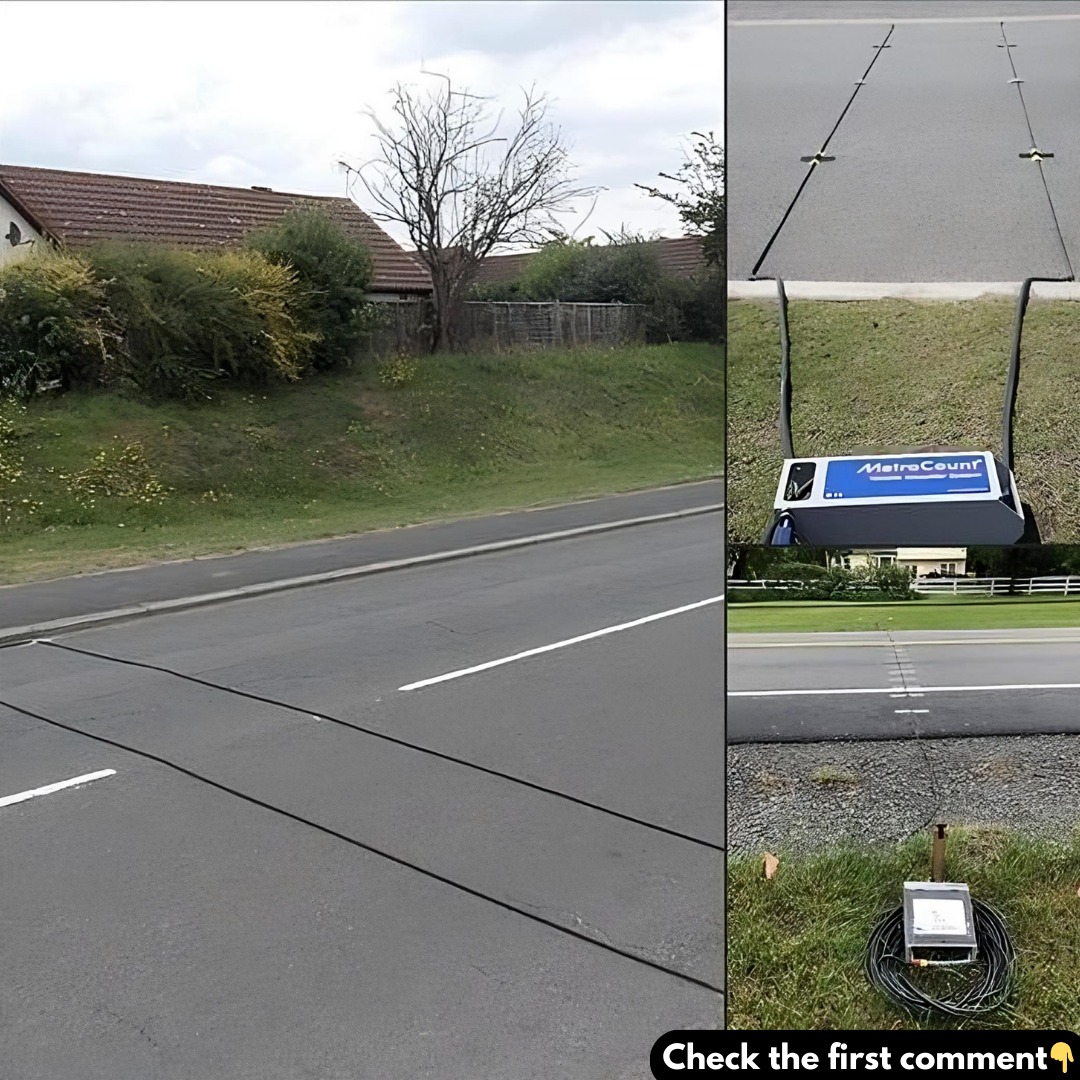If you have ever driven down a road and noticed black tubes stretched across the pavement, you might have wondered what they are and what purpose they serve. These seemingly inconspicuous cylinders, which crisscross roads throughout the country, are actually critical tools in traffic management, gathering essential data that helps shape our transportation systems.

But what exactly do these tubes do, and how do they contribute to the smooth operation of our roadways? These black tubes are known as pneumatic traffic counters. These simple yet powerful devices are designed to collect data on traffic patterns, vehicle counts, and road usage. They are essential for transportation authorities who need accurate information to make informed decisions about road management, safety, and infrastructure development. The operation of these tubes is based on a surprisingly straightforward principle. Every time a vehicle’s tires pass over the tube, a burst of air is generated within it. This burst of air triggers an electrical signal in a connected counter device, which records the event. By analyzing the frequency and timing of these signals, transportation officials can determine how many vehicles have passed over a given stretch of road, along with other key data. At its most basic level, a single tube configuration counts the number of vehicles passing over it. However, when two tubes are used in tandem, the system can capture even more detailed information. This setup allows for the measurement of vehicle speed, classification based on axle count and spacing, and direction of travel. This data is crucial for understanding peak traffic times, determining appropriate speed limits, and assessing road capacity. The data collected by these pneumatic counters is far from trivial. It forms the foundation for many critical decisions regarding road safety and traffic management. For example, traffic data can inform the placement of traffic signs, the setting of speed limits, and the planning of road repairs and expansions.
By providing a clear picture of how roads are used, these black tubes help ensure that transportation systems remain efficient and safe for all users. Traffic counters can be either temporary or permanent installations, each serving different purposes. Temporary setups, which might only be in place for a day or two, provide snapshots of traffic patterns at specific times. These are often used for short-term studies or to address specific concerns, such as verifying reports of speeding. Permanent installations, on the other hand, offer continuous monitoring, providing ongoing data that can be used to track trends over time. Transportation agencies place these tubes strategically to gather the most accurate data possible. Typically, they are installed on straight sections of road where traffic flows consistently. This ensures that the data collected reflects typical road usage without the interference of variables like sharp turns or frequent stops. The information gathered from these road tubes plays a crucial role in shaping traffic policies. By analyzing traffic flow and vehicle behavior, transportation planners can make informed decisions about where to implement traffic calming measures, how to design roadways, and where to allocate funding for road improvements. This data-driven approach helps ensure that roads are safe, efficient, and capable of handling current and future traffic demands. These black tubes also serve an essential role in responding to community concerns. For instance, if residents report issues such as speeding or cut-through traffic, transportation agencies can deploy these tubes to gather data and verify the problem. This objective information can then be used to implement appropriate measures, such as installing speed bumps or adjusting traffic signal timings. The next time you drive over one of these black tubes, take a moment to appreciate the vital role it plays in our transportation system. These simple devices, though easy to overlook, are the backbone of data collection that informs nearly every aspect of road management and safety. They are the silent guardians of our streets, ensuring that our roadways function smoothly and efficiently. Every piece of data they collect helps create safer roads, optimize traffic flow, and plan future infrastructure improvements. Without these unnoticed yet essential tools, road planning would be far less effective, leading to congestion, inefficient transportation systems, and potential safety hazards. So, the next time you spot those black tubes across a road, remember that they are quietly working behind the scenes to make your daily commute smoother and safer.